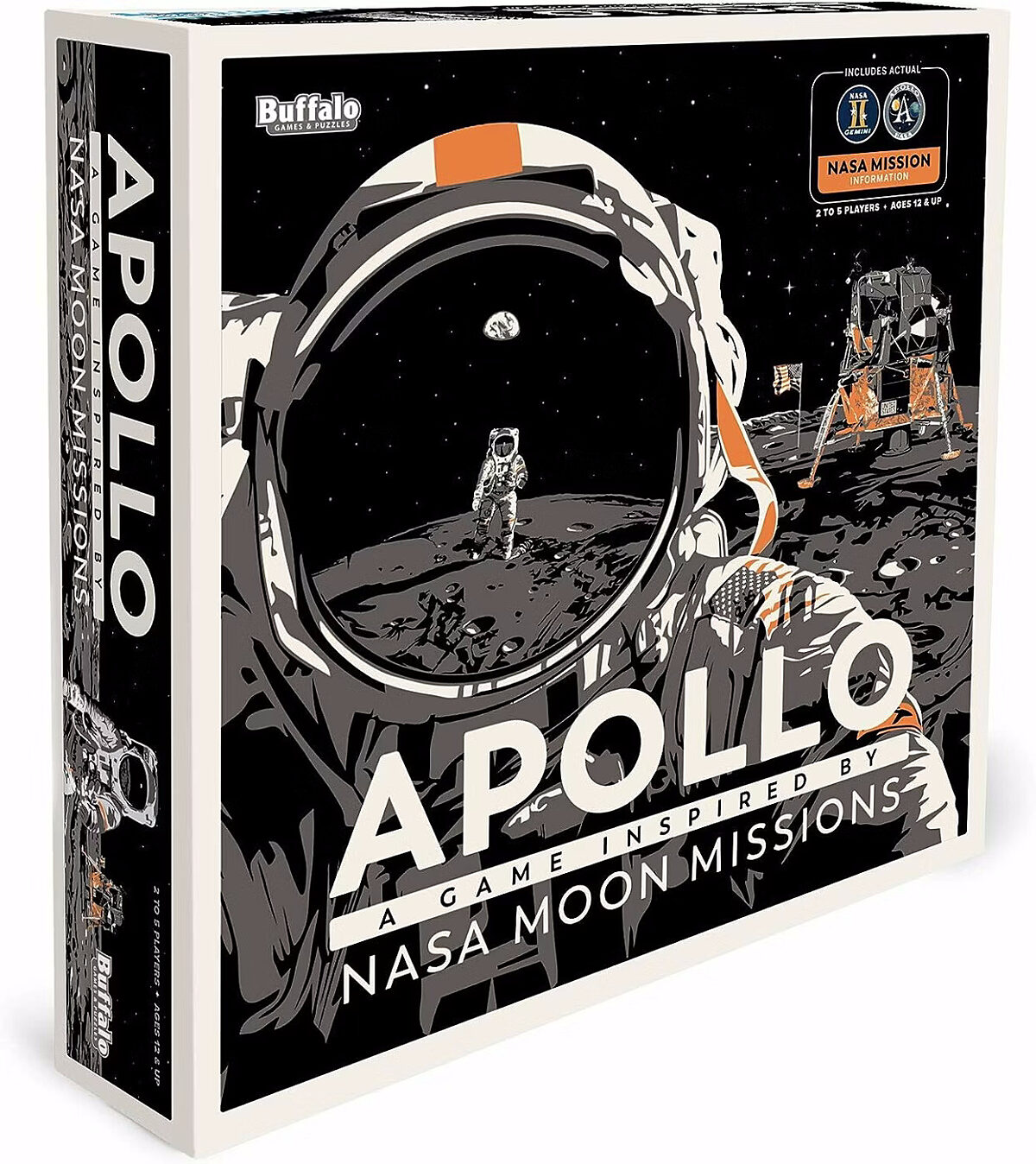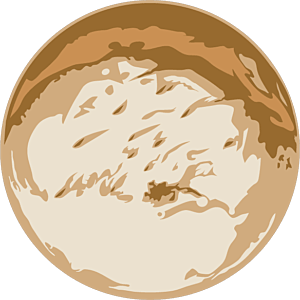The Downlink • Oct 20, 2023
Behold, the moon(s)!
Space Snapshot

Oct. 21 is International Observe the Moon Night, a global celebration of all things lunar. Although the focus is typically on Earth’s Moon, we like to include all the moons of our Solar System. Jupiter’s moon Io, for example, shows its mottled majesty in this new image from the Juno spacecraft’s JunoCam instrument, processed by amateur image processor Ted Stryk. Io is one of the largest moons in the Solar System, and is the most volcanically active world in our cosmic neighborhood. Image credit: NASA/JPL-Caltech/SwRI/MSSS/Ted Stryk.
You love space, now take action
This weekly newsletter is your toolkit to learn more about space, share information with your friends and family, and take direct action to support exploration. Anyone can subscribe at planetary.org/connect to receive it as a weekly email.
Mission Briefings


JWST has helped researchers understand three Kuiper Belt Objects. The powerful space telescope set its sights on the outermost Solar System, collecting spectral data from Sedna, Gonggong, and Quaoar, three small bodies in the Kuiper Belt. JWST’s observations found ices and complex organics on their surfaces, expanding our understanding of this kind of distant object. Pictured: An artist’s impression of Sedna. Image credit: NASA/JPL-Caltech.

NASA is considering budget cuts for the Hubble and Chandra space telescopes. The director of NASA’s astrophysics division said this week that they may have to reduce the operating budgets of the two long-standing missions because of cuts to the overall astrophysics budget. The agency has not said what these cuts would mean for the missions but has emphasized that both are still performing well and are likely to continue to generate world-class science throughout the next half-decade.

Nature’s tiniest flowering plants might be important to the future of space travel. New research from Mahidol University in Thailand has found that watermeal, a tiny flowering plant that grows floating on water, may be an ideal source of both oxygen and protein for future human spaceflight. It is one of few plants that is typically consumed in its entirety, as it has no roots, stems, or leaves, making it an efficient crop.

Psyche has launched. The spacecraft successfully took off from NASA’s Kennedy Space Center on Oct. 13, beginning its six-year journey to the metallic asteroid, also named Psyche. Asteroid Psyche may be the exposed core of a planetesimal that had its outer layers stripped off by collisions. The mission will help determine whether this is indeed a rare example of a planetary building block used in the formation of planets and other worlds.
From The Planetary Society


The Moon entered the planetary scene with a bang. This still from a NASA Ames simulation shows what the scene might have looked like shortly after a Mars-size world named Theia struck early Earth about 4.5 billion years ago. Molten debris, seen here streaming out from the collision, is believed to have formed the Moon. Learn more about how this set the stage for the Moon’s volcanic history. Image credit: NASA's Ames Research Center.

Japan’s SLIM mission aims to nail Moon landings like never before. The Smart Lander for Investigating Moon (SLIM) is currently on its way to the Moon and is scheduled to attempt a highly precise landing early next year. Our guide to the mission explains how SLIM could advance humanity’s ability to stick the landing.

Mars' rotation appears to be speeding up. Data from the NASA InSight Mars lander, which operated from 2018 until 2022, suggests that the planet is spinning faster than it used to. The InSight RISE instrument's principal investigator, Sebastien Le Maistre, from the Royal Observatory of Belgium, joins this week’s Planetary Radio to get into the details.
What's Up

The Orionids meteor shower peaks this weekend! The Orionids usually produce 10 to 20 meteors per hour at a dark site, peaking after midnight on Oct. 22, with meteors also visible in the pre-dawn skies on Oct. 21. Though the Moon will be 37% full, it sets around midnight, leaving dark skies and good viewing (weather permitting) for the rest of the night. While you’re out meteor spotting, look for yellowish Saturn high in the sky, with very bright Jupiter below it to the east. If you’re up all night, look for super bright Venus in the predawn east.
New in the member community


Want to test your space knowledge? Planetary Society members can take part in a new weekly space trivia contest in our online member community. Answer a new trivia question every Wednesday for a chance to win awesome space prizes! Pictured: An Apollo board game that was awarded as a trivia prize.

Check out the latest live events. If you missed our most recent virtual events you can still catch the video recordings. Planetary Society members had the chance to chat directly with Society co-founder Louis Friedman in our latest book club meeting, where he discussed his new book “Alone But Not Lonely.” Members also got a special update on the LightSail solar sailing missions and the next chapter for that groundbreaking, crowdfunded space exploration program.
Wow of the Week

When the Moon and the Sun align, we on Earth get an unparalleled cosmic experience. Last week’s annular solar eclipse and the partial solar eclipse that accompanied it gave up to a billion people throughout the Americas the opportunity to witness a rare celestial experience. Planetary Society member Raven Stihl celebrated the eclipse by sharing this piece of abstract expressionist artwork, inspired by a past eclipse. “I was so inspired by the Great American Eclipse of 2017,” said Stihl, “that I felt I needed to commemorate the event on canvas.” Planetary Society members can share and discuss space artwork in our online member community. Image credit: Raven Stihl.
Send us your artwork!
We love to feature space artwork in the Downlink. If you create any kind of space-related art, we invite you to send it to us by replying to any Downlink email or writing to [email protected]. Please let us know in your email if you’re a Planetary Society member!


 Explore Worlds
Explore Worlds Find Life
Find Life Defend Earth
Defend Earth


